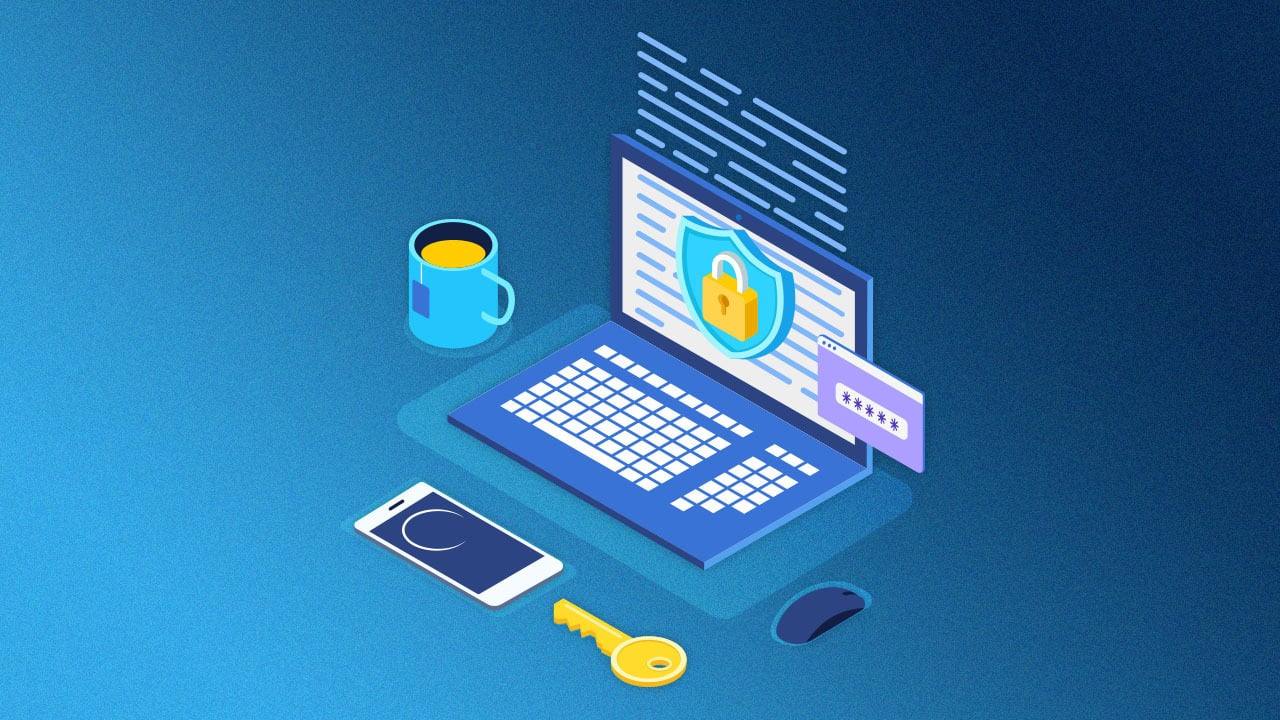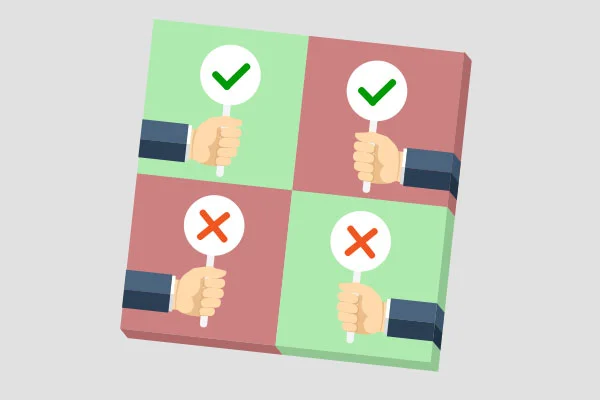
The Dark Side of Online Security: When Protection Turns to Obstruction
As I sat in front of my computer, trying to access a website that I had visited countless times before, I was met with a message that made my heart sink: ‘You have been blocked.’ The words stared back at me, cold and unforgiving, like a digital door slammed shut in my face.
I wasn’t alone. Millions of people around the world have experienced the frustration of being blocked by a website’s security system. But have you ever stopped to think about what’s behind these blocks? Are they really necessary, or are they just a heavy-handed way to protect against online attacks?
 The delicate balance between security and accessibility
The delicate balance between security and accessibility
The security service, Cloudflare, is a common culprit behind these blocks. While its intentions are good – to protect websites from online attacks – its methods can be overly aggressive, catching innocent users in the crossfire. I’ve lost count of how many times I’ve been blocked from accessing a website, only to find out that it was a false positive.
‘The action you just performed triggered the security solution.’ But what action, exactly? Submitting a certain word or phrase? A SQL command or malformed data? The uncertainty is frustrating, to say the least.
 The cost of security: false positives and frustration
The cost of security: false positives and frustration
So, what can be done to resolve this issue? The website suggests emailing the site owner to let them know you were blocked. But how many of us have the time or patience to do that? And what about the countless others who are blocked without even realizing it?
The solution lies in finding a balance between security and accessibility. Website owners must be more transparent about their security measures and provide clear guidelines on what triggers these blocks. Only then can we hope to create a safer online environment that doesn’t come at the cost of user frustration.
 Finding the balance between security and accessibility
Finding the balance between security and accessibility















